6 Tips for Teaching Swim Lessons
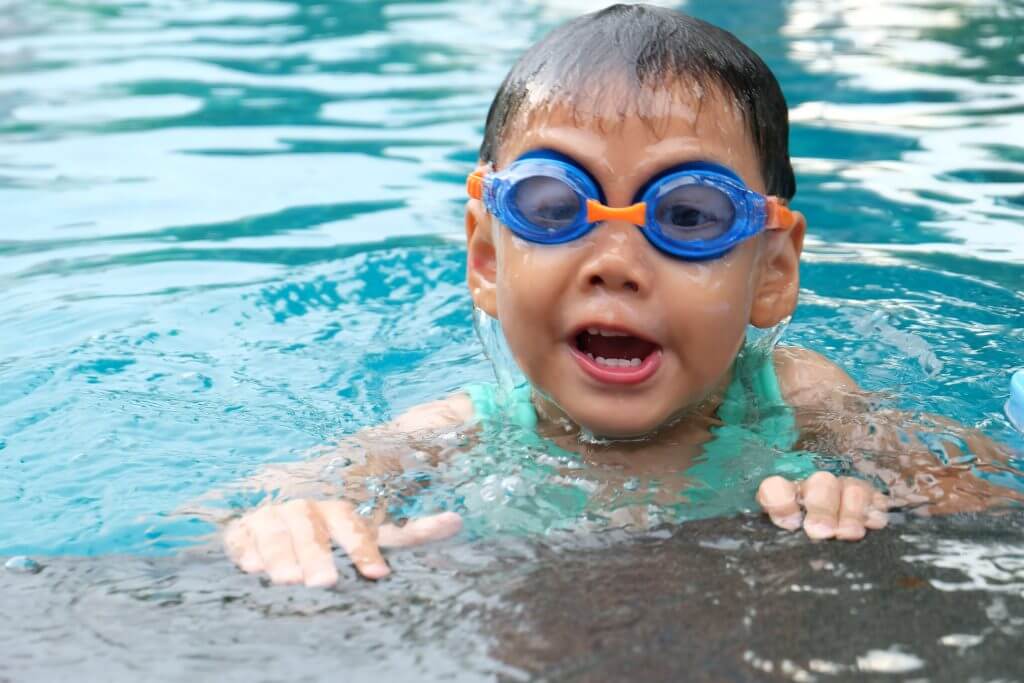
By Kelsey Mitchell, Swimming World College Intern.
Teaching swim lessons is a fun and rewarding way for swimmers to share their love of the sport while making some extra money. While the job may be fun, working with young children who are not comfortable in the water can be difficult and oftentimes frustrating. There are tips and techniques to work around these frustrations, though. Here are six tips for teaching swim lessons.
1. Remain Patient
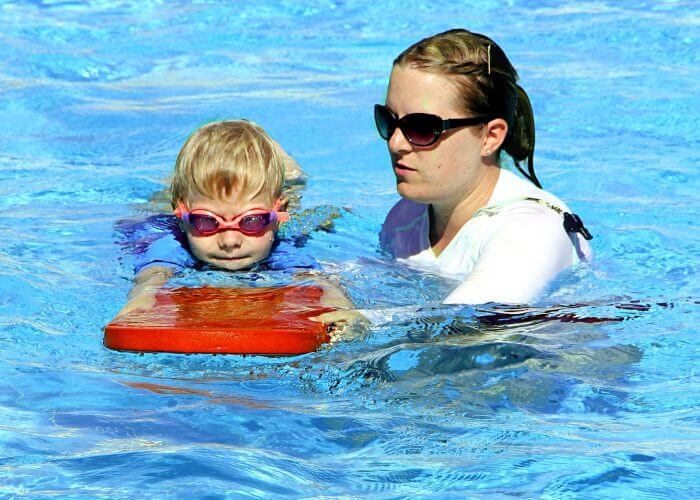
Photo Courtesy: White77
Patience is a virtue. This statement remains true, especially when dealing with children. The pool can be an exciting and distracting place for youngsters, especially when they are surrounded by their friends. Whether your swimmers are having a hard time listening, focusing or learning a skill, just remember to remain patient and continue working towards your goal. With a loud voice, positive reinforcement and lots of practice, there’s nothing your swimmers won’t be able to accomplish.
2. View Swimming Through a Child’s Eyes
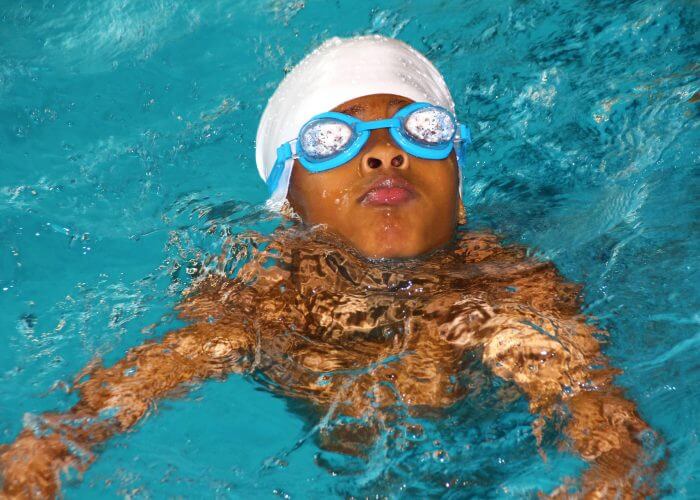
Photo Courtesy: TaniaVdB
Swim lessons are an important time for teaching. Sometimes, the concepts and skills we want our swimmers to try can be difficult and confusing. Try to think like a child and use language that engages their interest and helps them to understand the concept you want to teach. For example, refer to the breaststroke catch as a scoop and relate it to the children’s favorite ice cream flavors.
3. Focus on Technique and Safety
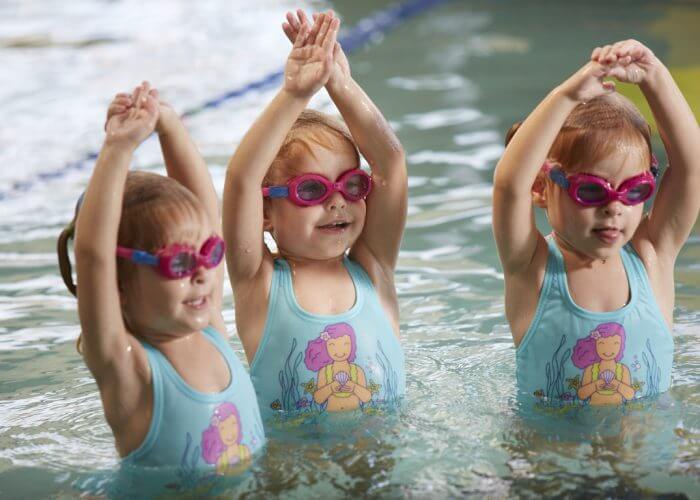
Photo Courtesy: Mike Curtain Photography
Learning water safety and swim technique are two of the largest reasons parents enroll their kids in swim lessons. According to the Centers for Disease Control, children between the ages of one to four are the most likely to drown. With this information, it is crucial to begin teaching children the knowledge and skills they need to be safe in the water at an early age. Technique basics are also an important skill for children to learn. By teaching proper mechanics at an early age, you can prevent future injuries and set your swimmers up for success if they choose to pursue the sport.
4. Work Individually or in Small Groups
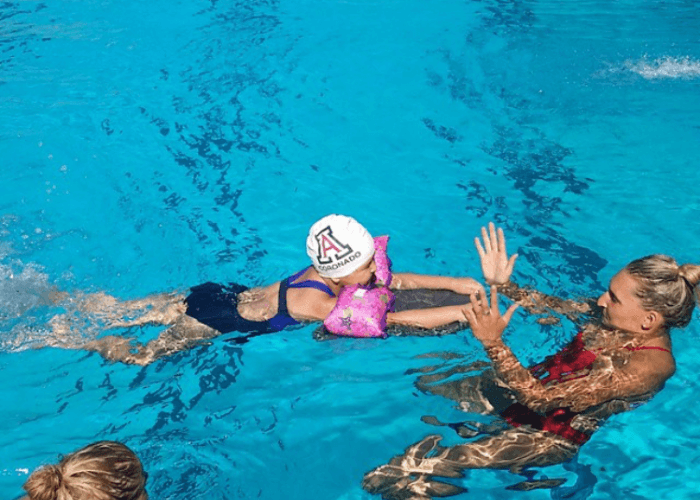
Photo Courtesy: Arizona Swimming and Diving
Many children have difficulty focusing in larger groups. By breaking your swim lessons down into smaller groups or working individually, you are able to focus more time on each child to ensure they understand the skills you are teaching. This can also allow you to be more efficient with your water time, as you won’t have to take the extra minutes to get the attention of a whole group.
5. Get to Know the Kids
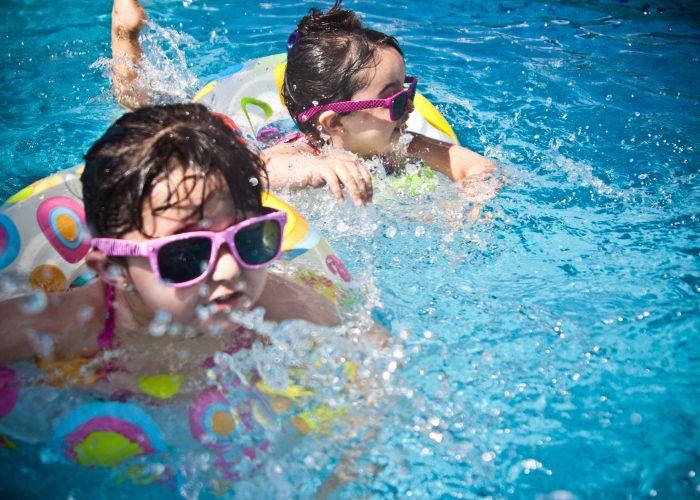
Photo Courtesy: Juan Salamanca
Each child learns differently and has a different comfort level in the water. Knowing your swimmer’s strengths and weaknesses can help you to improve upon their weak points while still keeping them happy and excited to be in the water. Getting to know your swimmers can also help you lead the lesson specifically geared toward their learning style. Kids can also say some pretty funny things, which you may miss out on entirely if you do not attempt to get to know them.
6. Make it Fun
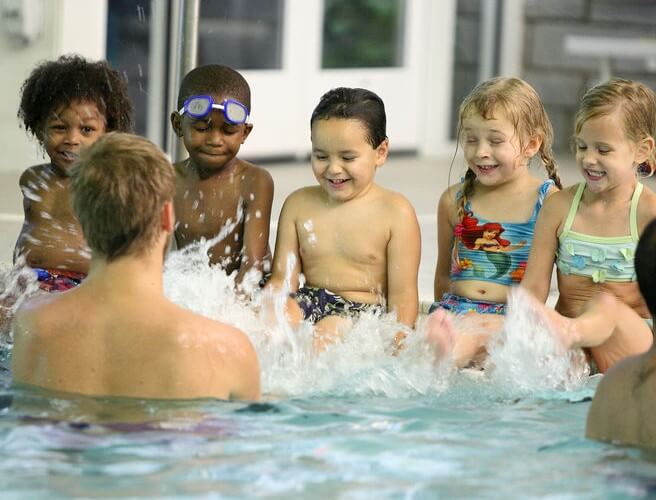
Photo Courtesy: limaoscarjuliet via Foter
After teaching water safety, having fun is one of the most important parts of swim lessons. At such an early age, getting children to feel comfortable and safe is more important than teaching them to swim fast. By having fun during your swim lessons, you not only encourage your swimmers to feel comfortable in the water but also to fall in love with the sport. If children have fun during swim lessons, chances are they will go on to continue the sport and be as speedy as fish.
All commentaries are the opinion of the author and do not necessarily reflect the views of Swimming World Magazine nor its staff.




Catherine Maxey